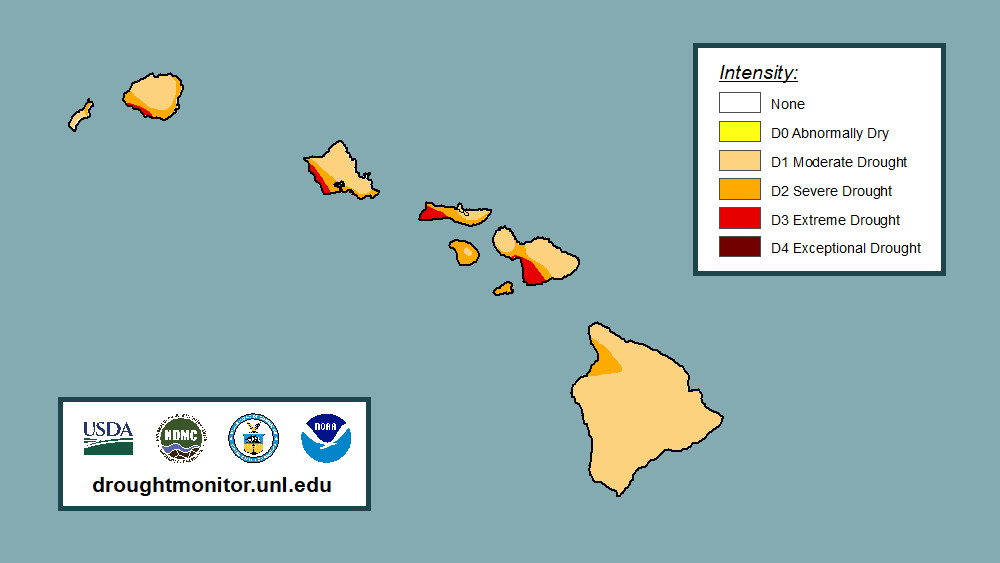The US directly warned Israel against opening a full-blown war with Hizbollah on Sunday as the Lebanese militant group and Israeli forces engaged in some of their most fierce exchanges of fire since October 7.
In salvos capping a week of spiralling hostilities, Israeli jets mounted some of the heaviest bombing raids in southern Lebanon since the start of the fighting last year, while Hizbollah fired rockets towards the city of Haifa.
The escalating attacks have fuelled fears that the hostilities could tip into a full-scale land war.
John Kirby, the US National Security Council spokesperson, warned Israel that there were “better ways” to ensure Israeli citizens could return to evacuated homes in the north “than a war, than an escalation, then opening up a second front”.
“We don’t believe that a military conflict, and we’re saying this directly to our Israeli counterparts . . . we don’t believe that escalating this military conflict is in their best interest,” Kirby told ABC’s This Week.
President Joe Biden told reporters his administration was “going to do everything we can to keep a wider war from breaking out”.
US defence secretary Lloyd Austin called his Israeli counterpart on Saturday to stress “the importance of achieving a diplomatic solution” and highlight his concern about the safety of US citizens in the region, according to the Pentagon.
The Israeli military said Hizbollah had launched about 150 projectiles early on Sunday, with rockets aimed deeper into Israel than in previous salvos. While most were intercepted, Kiryat Bialik and Tsur Shalom in Haifa’s suburbs, and other areas in the country’s north, sustained hits.
Hizbollah said the barrages were in retaliation for “repeated” Israeli attacks, as well as an “initial” response to mass detonations of its communications devices earlier this week that killed 37 people and injured more than 3,000 across Lebanon. Hizbollah has blamed the device explosions on Israel, which has not directly confirmed or denied responsibility.
Despite international calls for Israel to avoid escalating hostilities, Benjamin Netanyahu promised no let up in the military pressure on Hizbollah. “Over the past few days we hit Hizbollah with a series of blows it hadn’t imagined,” the Israeli prime minister said on Sunday. “If Hizbollah didn’t get the message, I promise you, they will.”
In an indication of the increasingly hardline atmosphere in Netanyahu’s government, the diaspora affairs minister Amichai Chikli said Israel should establish buffer zones in Lebanon, claiming it was not a state.
“Lebanon, even though it has a flag and even though it has political institutions, does not meet the definition of a state,” he wrote on X.
As tensions rise across the region, Israel said it had also shot down a drone fired from the east — which was claimed by militants in Iraq who said they had also targeted Israel with cruise missiles — and launched a raid in the Palestinian city of Ramallah to shut the local Al Jazeera office for 45 days.
Israel has accused the media group of being a mouthpiece for militants. Al Jazeera has rejected the claims and the Foreign Press Association said it was “deeply troubled” by the move. “Restricting foreign reporters and closing news channels signals a shift away from democratic values,” said the association’s board.
Nadav Shoshani, a spokesman for Israel’s military, accused Hizbollah of “targeting civilians” in its latest round of strikes, and the military said it would continue to strike to degrade the Lebanese group’s capabilities.
The Israeli military said earlier on Sunday it had hit about 290 targets in Lebanon in the preceding 24 hours, destroying thousands of rocket launcher barrels and other infrastructure belonging to Hizbollah. The Lebanese health ministry said three people had been killed by the strikes.
Hizbollah and Israeli forces have been exchanging cross-border fire since the Iran-backed militant group launched rockets at Israel the day after Hamas’s October 7 attack on the Jewish state.
But in the last week, the hostilities have escalated dramatically. On Tuesday and Wednesday, the attack on Hizbollah’s pagers and other communications devices sent shockwaves through Lebanon.
Then, on Friday, an Israeli strike in Beirut killed Ibrahim Aqil and other senior commanders in Hizbollah’s elite Radwan force, in arguably the most damaging blow Israel has landed against the militant group since it was founded in the 1980s.
Lebanese authorities said on Sunday that the death toll from the strike, which destroyed a residential building in the Beirut suburb of Dahiyeh, had risen to 45, including at least 10 civilians, among them three children.
This week’s escalation came after Israel said it was entering a “new phase” of its almost year-long conflict with Hizbollah, which was until now largely contained to the Israeli-Lebanese border region.
Jeanine Hennis, the UN’s special co-ordinator for Lebanon, warned that the exchanges had brought the region to “the brink of an imminent catastrophe” and called for both sides to de-escalate.
“It cannot be overstated enough: there is NO military solution that will make either side safer,” she wrote on X.


























/cdn.vox-cdn.com/uploads/chorus_asset/file/25822586/STK169_ZUCKERBERG_MAGA_STKS491_CVIRGINIA_A.jpg)


